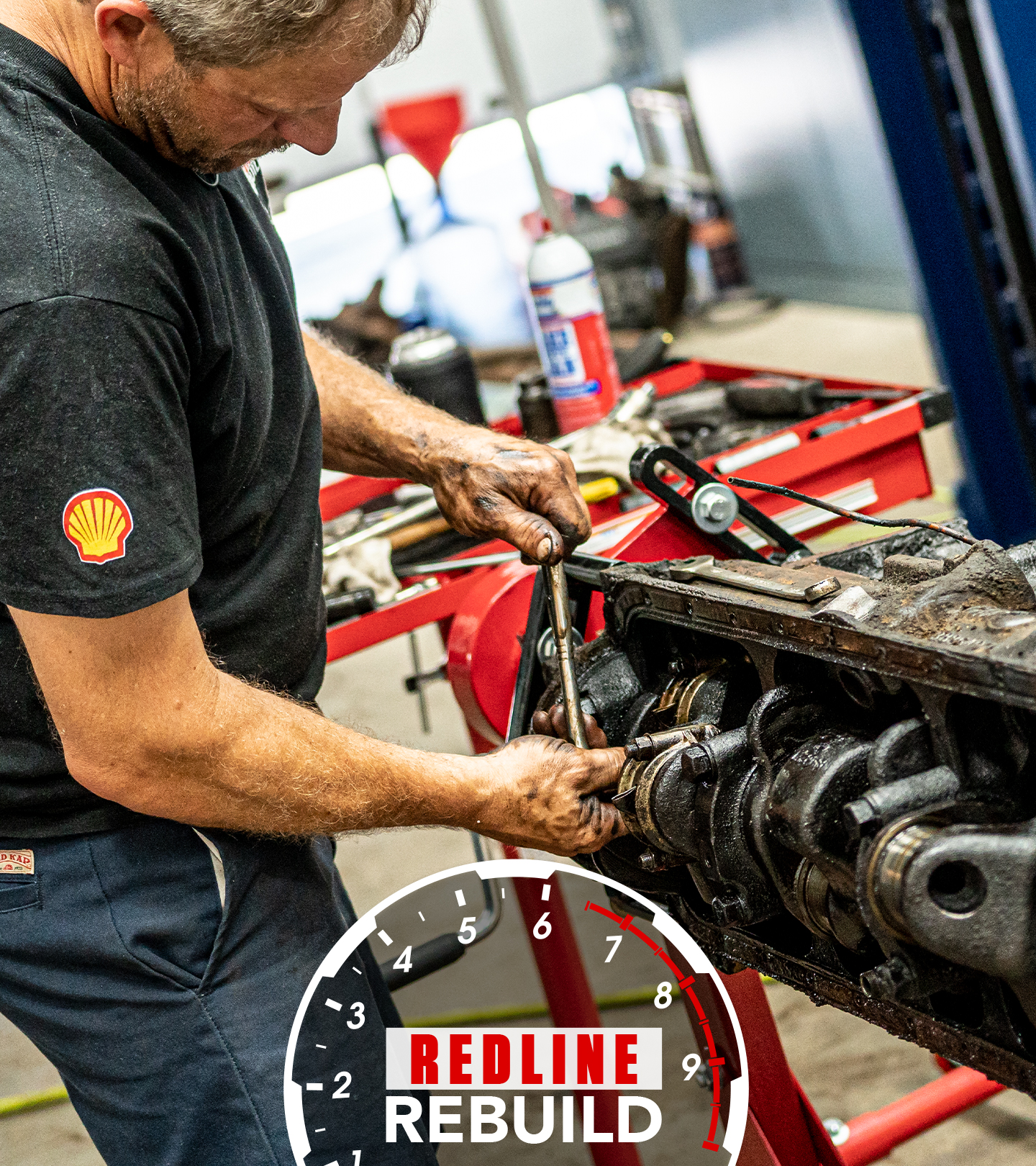Everything you need to know about drilling and tapping holes | DIY - Hagerty Media
Adhesives, nuts and bolts, and a press-fit can all hold things together, but threaded holes are found in a huge number of automotive components. Whether building something custom or restoring parts that have suffered years of use and neglect, it is only a matter of time before you will need to cut some new threads. Davin is here to tell you everything you need to know about the tapping process with this week’s Hagerty DIY.
The lingo
Take a look at the hardware section of your local parts house and you will see a seemingly infinite number of bins labeled with a mess of numbers and letters. Don’t worry: The code is pretty easy to decipher.
The first bit of information is the major diameter of the threads, which is essentially the widest point of the fastener. Using a 1/4-20 bolt as an example, the diameter of the bolt will be 1/4 inches measured at the outside of the threads. The second piece of information is the number of threads per inch. Commonly referred to plainly as “coarse” and “fine,” there are a multitude of common threads-per-inch figures.
For metric fasteners, it is roughly the same formula; but instead of calling out threads per inch, that second number designates the pitch measurement. Davin uses an M6-1.0 as an example of this, as the 1.0 describes the width of the thread pitch in millimeters.
The tools
If you need to cut new threads into a part, the tools you will need are both general and highly specialized. A drill is common, as are drill bits; the handle to hold your cutting tap is a little more specialized, and the tap itself is the most single-focus tool of the lot. Davin also reminds that cutting fluid like Rapid Tap is very helpful to have on hand to help the tool cut without damaging it or the workpiece.
If you are going to be doing a lot of threading, invest in a good set of numbered drill bits. These numbered bits are what is often referenced in the carts for thread cutting, and using the proper size will result in a much nicer final product. High-quality taps are better than bottom-shelf, but often it makes the most financial sense to start with a small set of common sizes and then grow your collection as needed. Cheaper taps are very tempting, but yield mediocre results at best. You’ve been warned.
The process
Step-by-step is fairly simple, so most of the tips here relate to nuance. Plainly put: Drill hole, run tap through, clean out. It sounds easy, but Davin has a few key pointers.
The first is to use a center punch to mark the desired hole location and to give the drill bit somewhere to bite so it does not walk or move. Also be sure to keep the drill bit as square to the surface as possible. A dash of cutting fluid helps keep the drill bit cool, which makes for longer tool life. Use a chamfer tool to finish the freshly drilled hole to help the tap start easier.
Now the taps are called up off the bench. The tips above for the drill bit apply here, plus one: When cutting threads by hand, it is important to break the chip (the metal being removed by the tap) to prevent the tap from breaking. The general rule of thumb is a half-turn forward followed by a quarter-turn back. The tool should be doing the work; if you have to put a lot of torque into the tap, you likely have a misstep in setup or a dull tap. Taps are hardened, and if yours is broken off, you will have one hell of a time trying to get it out. Go slow and save yourself the headache of removing the broken bits.
Overall, the ability to create or repair threaded holes is a great skill to have. Grab some scrap steel or aluminum and practice a few times with various sizes before jumping right in on parts for a specific project. Also be sure to subscribe to the Hagerty YouTube channel to never miss an DIY episode with more garage tips and knowledge you should know.











Lol I really thought you were forgetting the cutting oil, very nicely done video! Congrats, I will be booking marking this site for sure. My GSXR 1000 needs all the holes that hold the plastic on tapped. The guy before screwed them all up sadly.